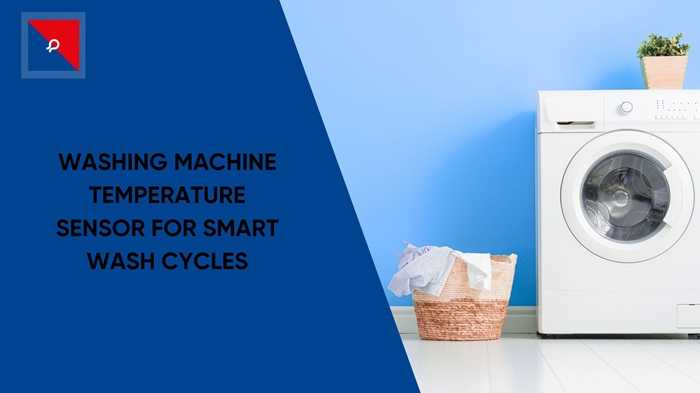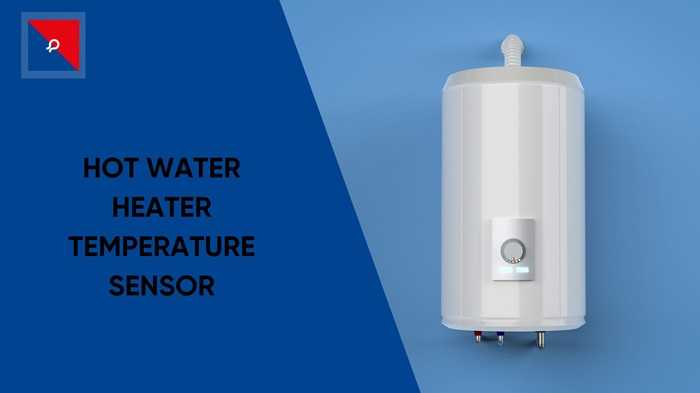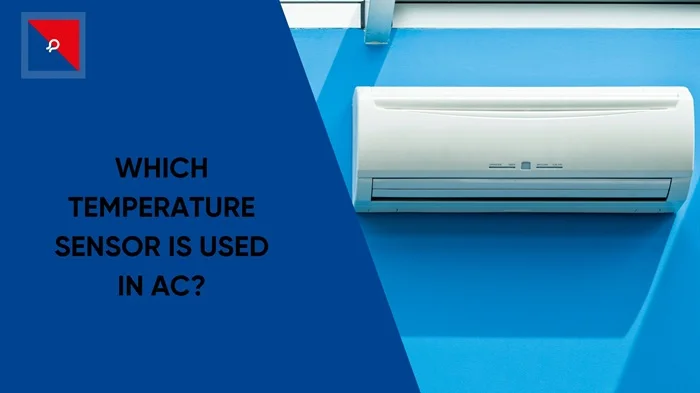
Have you ever placed a finger on the surface of a pan to see if it would burn? Ouch! The surface temperature sensor is meant to avoid such torture, without the barbequed fingers! A little suspect of being one of those sci-fi gadgets for scientists or engineers, these little creatures do their work quietly behind the scenes, from your oven to high-end manufacturing.
In this blog, we shall explore this hot topic. No pun intended: surface temperature sensors, what they do, their application, and where they fit into the picture.
What Is a Surface Temperature Sensor?
In simple terms, a surface temperature sensors naturally measure temperature on the very surface! These sensors don't probe into the materials or the fluids, but rather rest outside the object to test how hot (or cold) it is.
There is no need to penetrate that object; they just cling to the surface and send temperature information with amazing accuracy. Be it a pipe, a metal plate, or the hot plate of your coffee maker, surface temperature sensors are working to keep it cool!
How Do Surface Temperature Sensors Work?
Not gonna get too much into the science behind it, but this much follows.
Surface temperature sensors use thermocouples, resistance temperature detectors (RTDS), or thermistors. These sensors convert heat energy into an electrical signal. The higher the temperature, the higher or lower the signal, depending on the sensor type.
And when the signal gets to the end in the form of readings, they get displayed on a screen or logged for data analysis. Almost like a thermometer that talks binary!
Types of Surface Temperature Sensors
Like different types of foodies, different types of surface temperature sensors exist, each with its specialisation.
- Magnetic Surface Sensors: Attach to ferrous surfaces, much like a fridge magnet, with a purpose. Ideal for pipes, tanks, and industrial equipment.
- Clamp-On Sensors: Clamp or clip onto surfaces; quick to install and remove, suitable for temporary arrangements.
- Patch Sensors: Think of them as Machine Temperature Tattoos; they stick on well and provide an uninterrupted long-term temperature reading.
- Infrared Surface Sensors: So fancy! They do not touch the surface at all. They scan the temperature using infrared radiation from afar; very sci-fi.
Common Applications of Surface Temperature Sensors
Surface temperature sensors are omnipresent. You just aren’t seeing them (just like that missing sock from the laundry). Here is where you will find them:
- Industrial Equipment: Surface temperature sensors are employed to prevent overheating, fire hazards, and catastrophic failures in factories and refineries by monitoring machinery temperatures.
- HVAC: In heating, ventilation, and air conditioning systems, constant temperature monitoring is essential for optimum performance and safety, aided by the use of sensors.
- Electronics and Appliances: Your iron, toaster, and air fryer? Yup. These use surface temperature sensors for precise heating and to avert cooking calamities.
- Healthcare: Some medical devices employ surface sensors for skin temperature monitoring. Not to exclude labs where proper heat regulation is critical.
- Automotive Industry: Engines, battery packs, and the brake system are under constant scrutiny, and surface temperature sensors are their eyes and ears.
Why Use a Surface Temperature Sensor?
What a great question! Without further ado, here is our shortlist (which we rhymed for some fun):
- Non-intrusive: No drilling, no poking, no cutting.
- Quick results: Sensors provide near-instantaneous readings.
- Reliable: Accurate temperature monitoring over long periods.
- Versatile: Metals, plastics, ceramics - whatever you like!
- Safe: Especially when it is not exactly safe to be touching the particular surface.
How to Choose the Right Surface Temperature Sensor
It rests on your requirements. You need to answer this:
Is it a metallic or non-metallic surface?
Are you looking for a short need or a long one?
What temperature range are we talking about?
Is there a possibility for magnetic mounting, or do you need some adhesives?
Still confused? Go ahead! Talk to your friendly neighbourhood sensor supplier- they live for this stuff!
Future of Surface Temperature Sensors
Surface temperature sensors are concerned these days with the actual meaning of the word smart. IoT integration, remote monitoring, and predictive analytics have become the order of the day. Take, for instance, your coffee maker texting you, "I'm hot and ready!" Now that's a future worth looking forward to!
JR Sensors: A Partner You Can Rely On for NTC Thermistors
JR Sensors is a notable name in the sensor technology industry, specialising in industrial-grade temperature sensors for commercial and domestic applications. As a company committed to innovation and reliability, JR Sensors manufactures various temperature sensors. Their products are known for accuracy, durability, and seamless integration with many systems. Whether monitoring machinery in a factory or checking the performance level of certain appliances, firm results are always ready from JR Sensors. Their promise of quality and customer satisfaction has made them a preferred brand for all accurate and highly efficient temperature measurement solutions.
Final Thoughts
Surface temperature sensors facilitate any task, whether in the service of an exacting industry or perhaps just whipping up that ideal grilled cheese, making it all easier and safer. They are accurate, quick, and versatile, so you do not have to rely on that old-time favorite: "let's touch it and see."
Seriously, no one wants to kiss a hot surface... unless, of course, that surface is full of molten pizza cheese.


